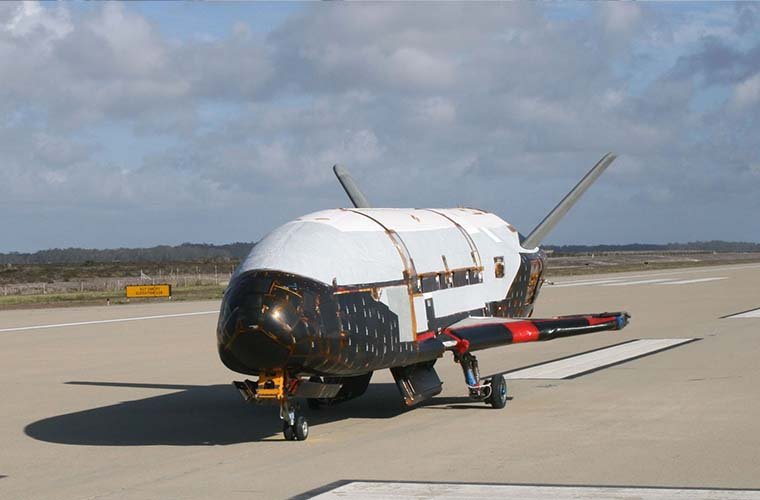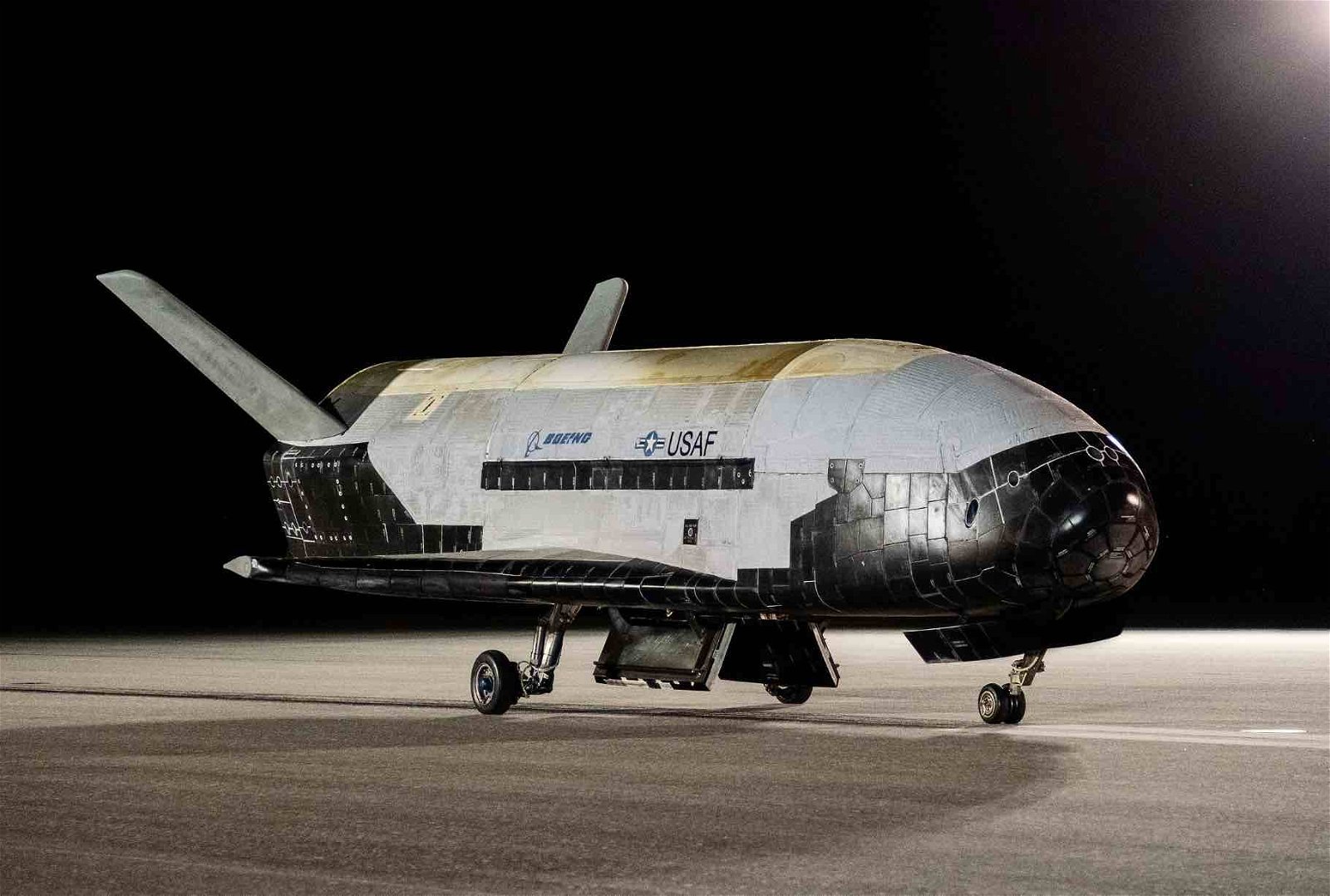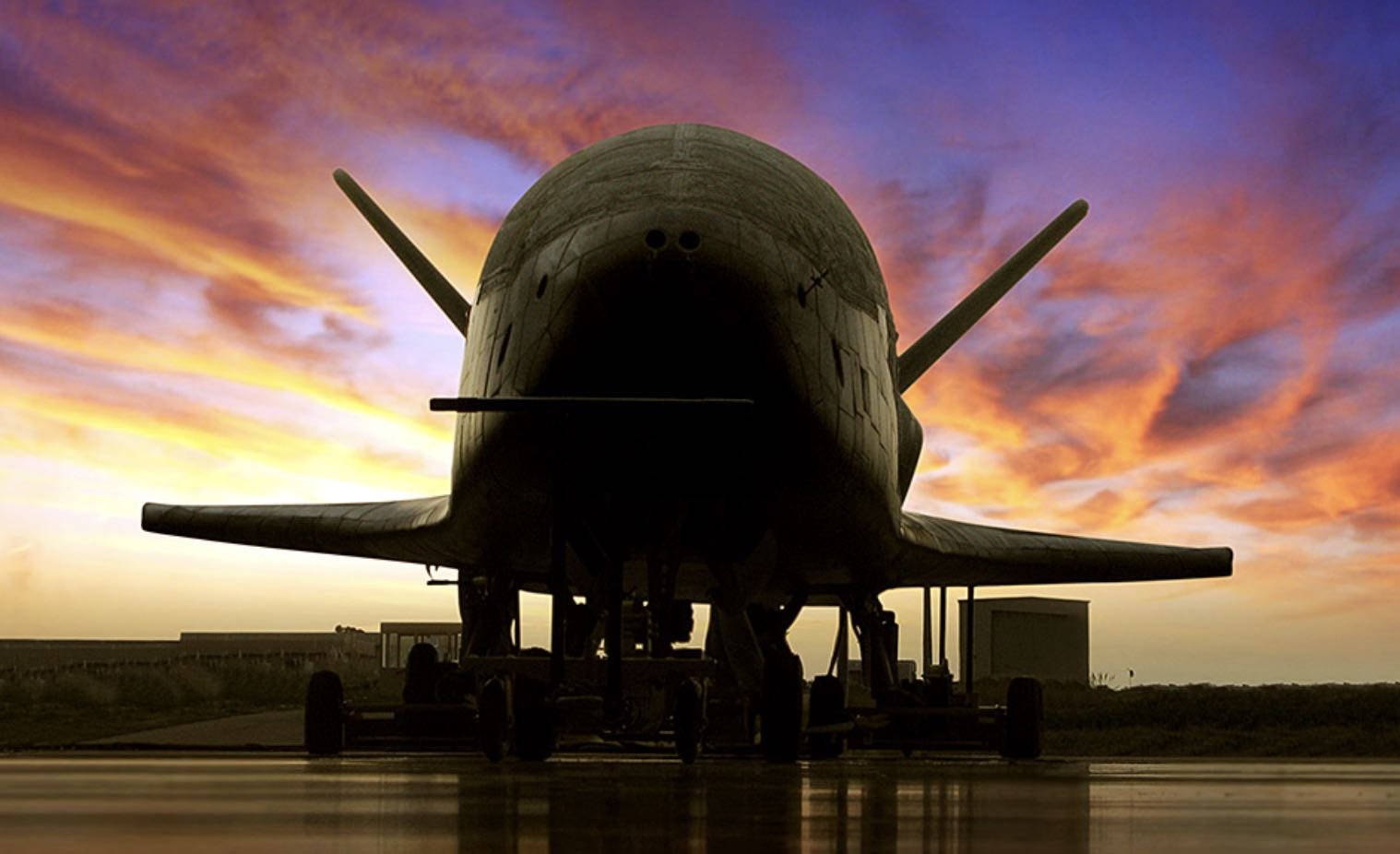The X-37B spaceplane is set to resume one of the U.S. military’s most mysterious space missions, amidst setbacks over the weekend that pushed the spacecraft’s launch forward another day to Monday.
Launched aboard a SpaceX Falcon Heavy rocket, SpaceX said in a statement that Monday’s launch will be at 8:14 p.m. ET, marking the X-37B’s seventh mission.
The launch will see the USSF-52 mission to orbit from NASA’s Kennedy Space Center in Florida. SpaceX also said that an additional launch window exists at the same time on Tuesday, should there be any further complications leading up to Monday’s launch. As with past missions, the company plans to stream the launch live on social media.
Yet at the heart of the event that viewers will be able to watch from around the world on their smartphones is one of the Pentagon’s most secretive spacecraft, whose mission remains largely unknown.
The Military’s Secret Spaceplane
The X-37B is a reusable spacecraft carried to orbit by a launch vehicle, which carries out its mission in space and thereafter returns to the atmosphere, gliding back to Earth as a spaceplane. Primarily designed as a showcase for reusable space technologies, the original X-37 concept has its origins within the U.S. space program, where it was initially conceived as a NASA project in the late 1990s, then acquired by the Department of Defense a few years later with its transfer to the Defense Advanced Research Projects Agency (DARPA).
Early testing began just two years after being transferred to the Pentagon, and the first orbital mission of the X-37 occurred in December 2010. The X-37B, whose mission is expected to resume this week with its seventh launch, is a variant of the original spaceplane that was developed by the U.S. Air Force. Also known as the Orbital Test Vehicle (OTV), the X-37B was largely a product of the combined efforts of the Air Force Rapid Capabilities Office and the Air Force Research Lab, along with support from NASA.
Initially only designed for orbital missions of no longer than 270 days, the length of the X-37’s missions has increased to as many as 908 days in orbit as of the conclusion of its sixth mission last November.


Yet despite having seen flight now for many years, few specifics are known about the mission of the Pentagon’s secretive spaceplane. With the project’s transfer to DARPA in 2004, the X-37 became a classified project, and speculation continues about the purposes fulfilled by the robotic spacecraft’s missions.
Space Weapons and Speculations
“I don’t know how this could be called a weaponization of space,” said Gary Payton, then the Air Force Deputy Undersecretary of Space Programs, in a 2010 statement in advance of the X-37B’s launch.
Playing down speculations at the time that the X-37B might have represented a next-generation space weapons system, Payton characterized the X-37B’s mission as “just an updated version of the space shuttle kinds of activities in space.”
Payton’s responses at the time had been among the first from officials in response to ongoing speculations about what the X-37B’s mission might entail; speculations that continue today as the mysterious robotic spaceplane prepares for its latest mission.


Over the years, one of the most popular theories about its purpose includes spy missions either to keep watch on Chinese space operations or to test sensor systems designed for use by U.S. intelligence agencies conducting reconnaissance in space. The X-37B is certainly well equipped for such operations since it has been acknowledged that the spacecraft can make minor “stealth” changes to its orbit, which might allow it to conduct some activities in secret before its new orbit could be determined by any rival nations.
Other theories about the X-37B’s possible mission have asserted that the spacecraft had been aiding in tests of an exotic new propulsion system. The Air Force did later acknowledge that the X-37B had been used for testing a variety of electric propulsion system, known as a Hall-effect thruster, for Aerojet Rocketdyne, although speculations that the spacecraft might have been involved in tests involving other novel forms of propulsion remain unverified.
The Official Last Word on the X-37B
According to the U.S. Space Force, the official word on the X-37B’s next mission is that it will involve “a wide range of test and experimentation objectives, which the agency says will be “operating in new orbital regimes, experimenting with space domain awareness technologies and investigating the radiation effects to NASA materials.”
The admittedly vague mission details, offered by the Space Force in a statement on November 29, will be “key to ensuring safe and responsible operations in space for all users of the space domain,” the agency added.


“[T]his seventh flight of the X-37B continues to demonstrate the innovative spirit of the United States Space Force,” Secretary of the Air Force Frank Kendall was quoted saying in advance of this week’s mission launch.
Last month, The Debrief reported on several components of the spaceplane’s previous missions, which included the implementation of solar energy power transmission systems developed by the Naval Research Lab, as well as NASA tests that gauged the effect long periods in space have on organic materials.
For now at least, whatever the Pentagon’s most intriguing spacecraft may have been tasked with will have to remain mysterious, although one thing is certain: with the level of interest it has managed to generate over the years, the world will be watching if all goes well on Monday, and the X-37B finally embarks on the next phase of its intriguing mission.
Micah Hanks is the Editor-in-Chief and Co-Founder of The Debrief. He can be reached by email at micah@thedebrief.org. Follow his work at micahhanks.com and on X: @MicahHanks.

